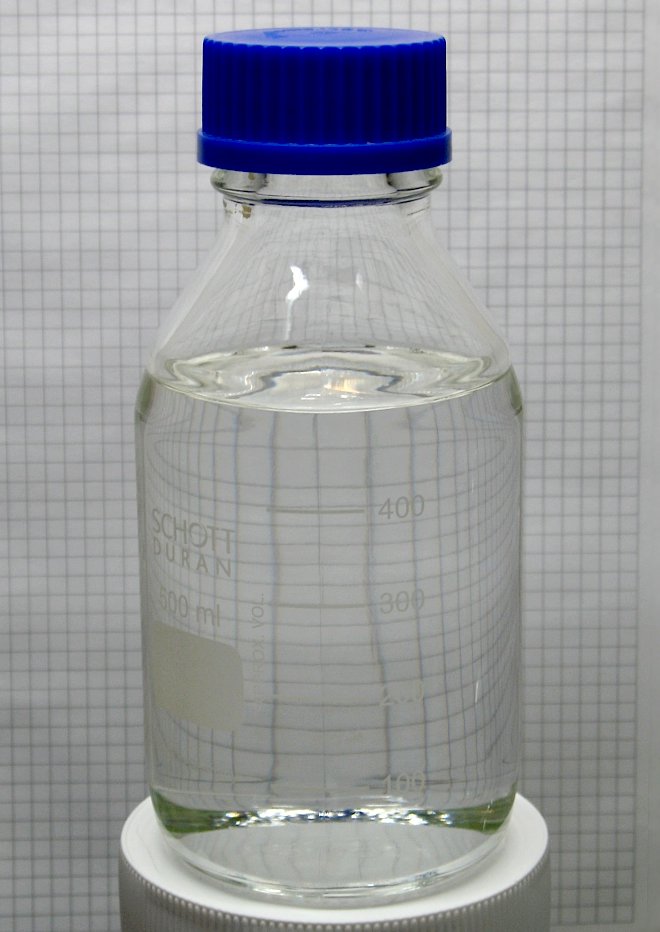Yea, you keep reminding me why I blocked you.
This is NOT water:
Sodium cyanide, like other soluble cyanide salts, is among the most rapidly acting of all known poisons. NaCN is a potent inhibitor of respiration, acting on mitochondrial cytochrome oxidase and hence blocking electron transport. This results in decreased oxidative metabolism and oxygen utilization. Lactic acidosis then occurs as a consequence of anaerobic metabolism. An oral dosage as small as 200–300 mg can be fatal.

en.wikipedia.org
Like other cyanides, cyanogen is very toxic, as it readily undergoes reduction to cyanide, which poisons the cytochrome c oxidase complex, thus interrupting the mitochondrial electron transfer chain. Cyanogen gas is an irritant to the eyes and respiratory system. Inhalation can lead to headache, dizziness, rapid pulse, nausea, vomiting, loss of consciousness, convulsions, and death, depending on exposure.[18] Lethal dose through inhalation typically ranges from 100 to 150 milligrams (1.5 to 2.3 grains). Inhalation of 900 ppm over a period of 10 minutes is considered lethal.[19]

en.wikipedia.org
Sulfuric acid is capable of causing very severe burns, especially when it is at high concentrations. In common with other corrosive acids and alkali, it readily decomposes proteins and lipids through amide and ester hydrolysis upon contact with living tissues, such as skin and flesh. In addition, it exhibits a strong dehydrating property on carbohydrates, liberating extra heat and causing secondary thermal burns.[7][8] Accordingly, it rapidly attacks the cornea and can induce permanent blindness if splashed onto eyes. If ingested, it damages internal organs irreversibly and may even be fatal.[6] Protective equipment should hence always be used when handling it. Moreover, its strong oxidizing property makes it highly corrosive to many metals and may extend its destruction on other materials.[7] Because of such reasons, damage posed by sulfuric acid is potentially more severe than that by other comparable strong acids, such as hydrochloric acid and nitric acid.

en.wikipedia.org
Hydrogen cyanide, a poisonous gas that interferes with cellular respiration, was first used as a pesticide in California in the 1880s. Research at Degesch of Germany led to the development of Zyklon (later known as Zyklon A), a pesticide which released hydrogen cyanide upon exposure to water and heat. It was banned after World War I, when Germany used a similar product as a chemical weapon. Degussa purchased Degesch in 1922. Their team of chemists, which included Walter Heerdt [de] and Bruno Tesch, devised a method of packaging hydrogen cyanide in sealed canisters along with a cautionary eye irritant and one of several adsorbents such as diatomaceous earth. The new product was also named Zyklon, but it became known as Zyklon B to distinguish it from the earlier version. Uses included delousing clothing and fumigating ships, warehouses, and trains.
The Nazis began using Zyklon B in extermination camps in early 1942 to murder prisoners during the Holocaust. Approximately 1.1 million people were killed using this method, mostly at Auschwitz. Tesch was executed in 1946 for knowingly selling the product to the SS for use on humans. Hydrogen cyanide is now rarely used as a pesticide but still has industrial applications. Firms in several countries continue to produce Zyklon B under alternative brand names, including Detia-Degesch, the successor to Degesch, who renamed the product Cyanosil in 1974.

en.wikipedia.org
I could go and list all the long term health effects from using these chemicals, however, I think this should suffice for you to understand they are not " spooky" they are in fact, deadly and real.




